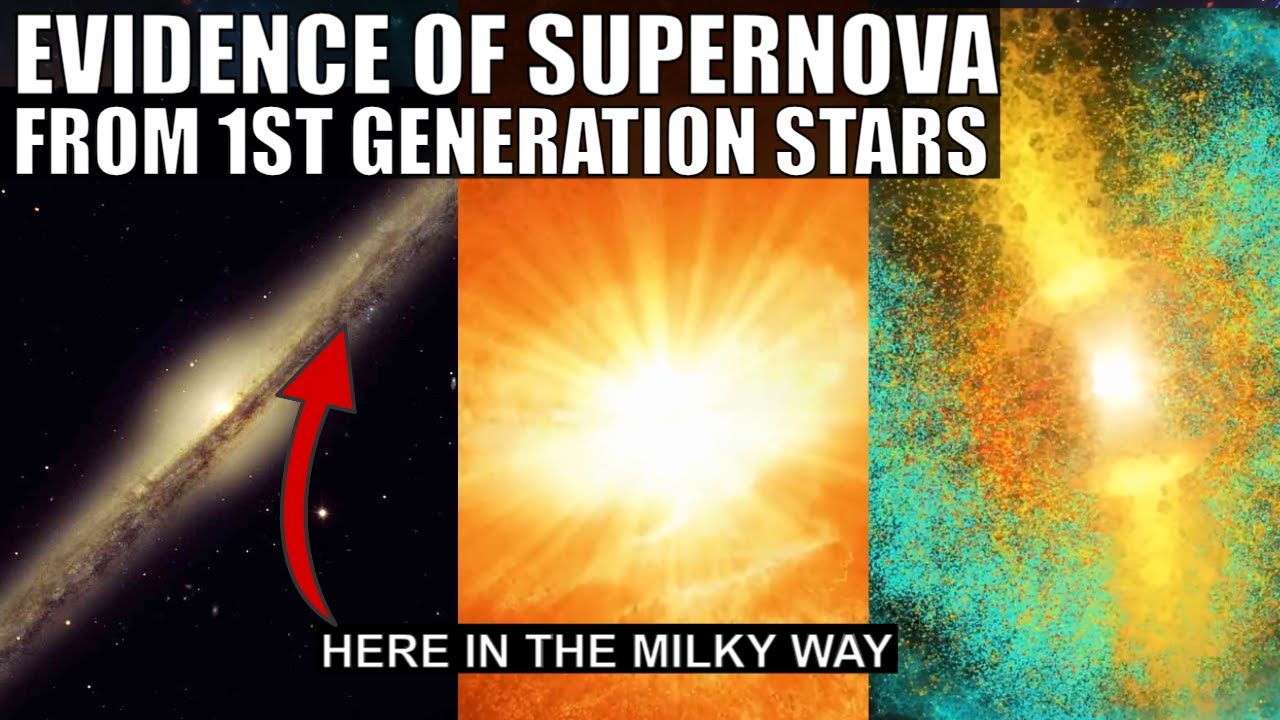On 2023-02-06 a post here, “Has the James Webb Space Telescope Spotted Population III Stars?” discussed evidence for discovery of the hypothesised oldest stars in the universe, the so-called “Population III” stars, which formed entirely from primordial gases from the Big Bang, as opposed to Population II and Population I stars (like the Sun), which formed from gases enriched in heavy elements produced by earlier generations of massive stars which exploded as supernovæ. (The post explains the confusing terminology adopted by astronomers: Population I are the newest stars, Population II older, and Population III [if they exist] truly primordial: among the first stars to form.)
The presence of carbon in the gas from which a star forms acts to limit the mass it can accrete before lighting up and dispersing the gas around it. Because carbon is only formed in stars, Population III stars would form from gas with no carbon, and would not be subject to this mass limit, and are expected to have been extremely massive: perhaps from several hundred to as much as 1000 solar masses. Such stars would have short lives—only two to five million years from formation to violent death in a supernova. Because of the nature of nuclear reactions in stars with mass between 130 and 250 solar masses, they meet their end in a pair-instability supernova, which completely disperses the material of the star, leaving no dense remnant such as a neutron star or black hole.
A pair-instability supernova produces a particular spectral signature in the gases ejected by the explosion, and in any stars which happen to form from them. In a paper published in Nature on 2023-06-07 “A metal-poor star with abundances from a pair-instability supernova” (full text [PDF]), the authors report discovery of a star in the halo of our Milky Way galaxy which appears to match the signature of having formed from the remains of a primordial Population III star. Here is the abstract.
The most massive and shortest-lived stars dominate the chemical evolution of the pre-galactic era. On the basis of numerical simulations, it has long been speculated that the mass of such first-generation stars was up to several hundred solar masses. The very massive first-generation stars with a mass range from 140 to 260 solar masses are predicted to enrich the early interstellar medium through pair-instability supernovae (PISNe). Decades of observational efforts, however, have not been able to uniquely identify the imprints of such very massive stars on the most metal-poor stars in the Milky Way. Here we report the chemical composition of a very metal-poor (VMP) star with extremely low sodium and cobalt abundances. The sodium with respect to iron in this star is more than two orders of magnitude lower than that of the Sun. This star exhibits very large abundance variance between the odd- and even-charge-number elements, such as sodium/magnesium and cobalt/nickel. Such peculiar odd–even effect, along with deficiencies of sodium and α elements, are consistent with the prediction of primordial pair-instability supernova (PISN) from stars more massive than 140 solar masses. This provides a clear chemical signature indicating the existence of very massive stars in the early universe.
